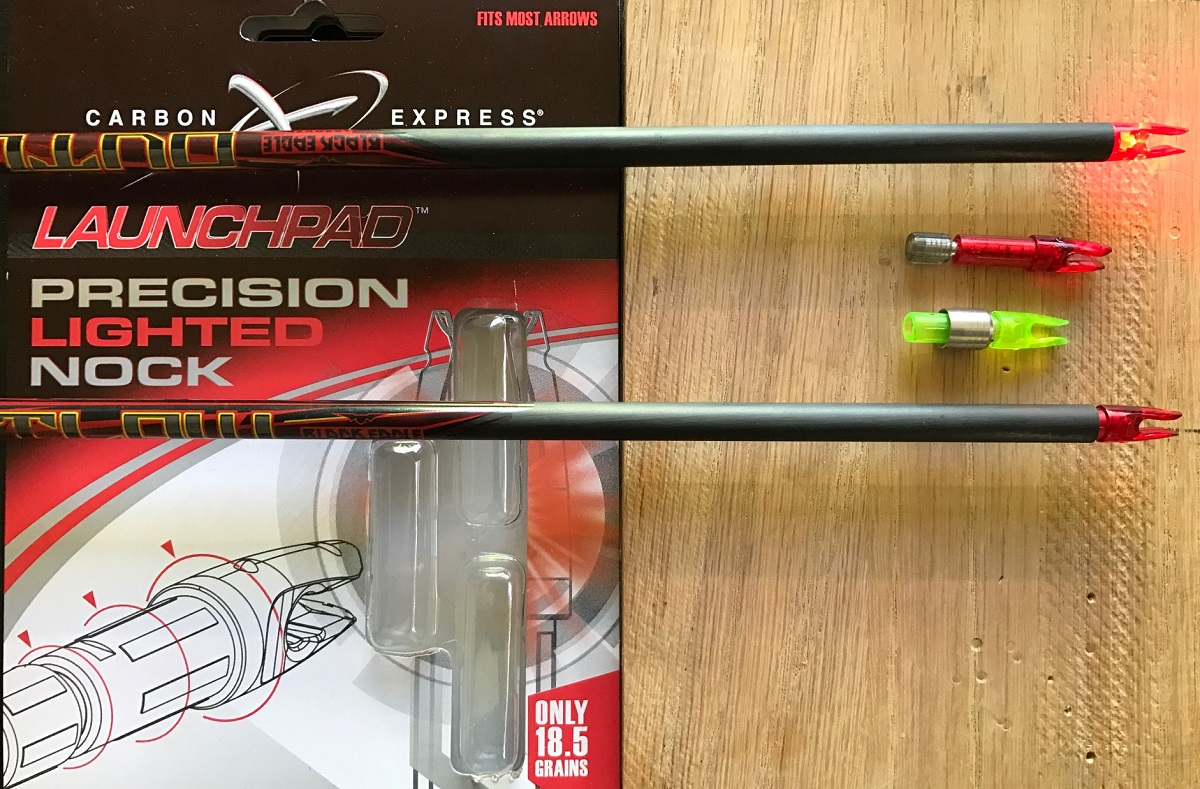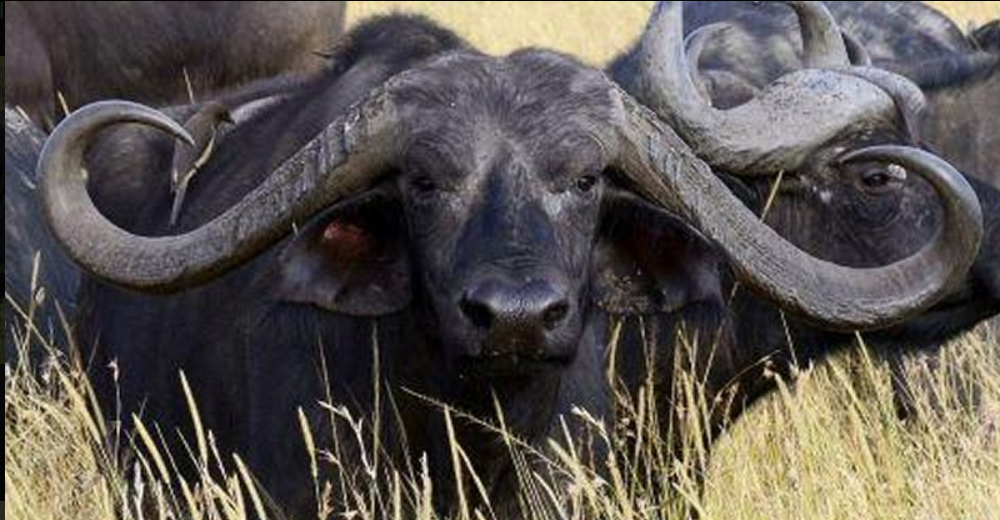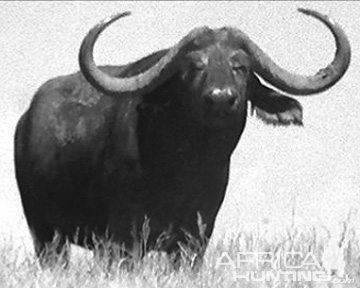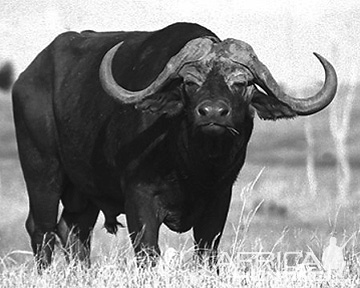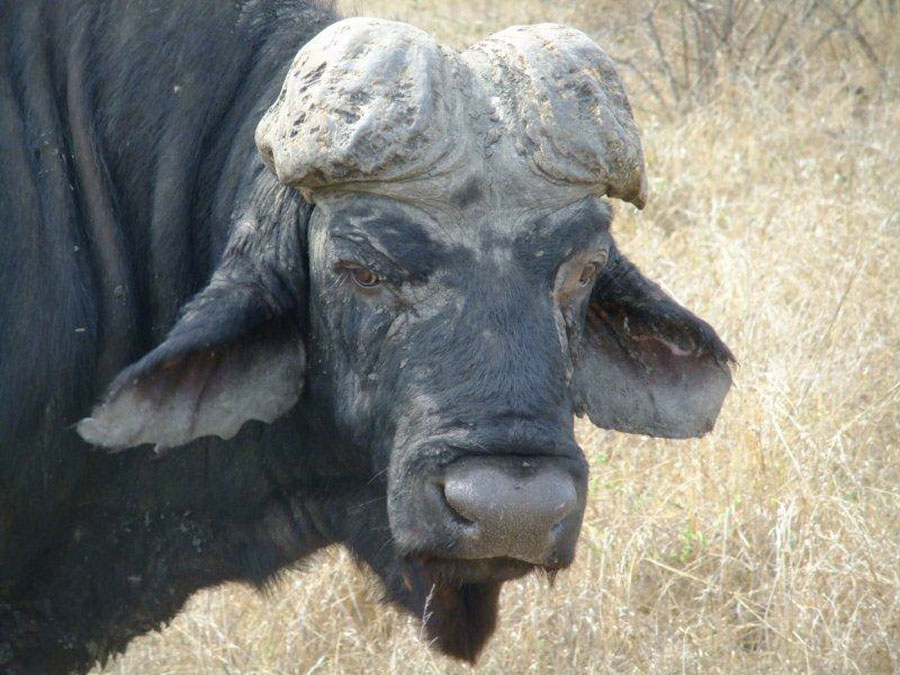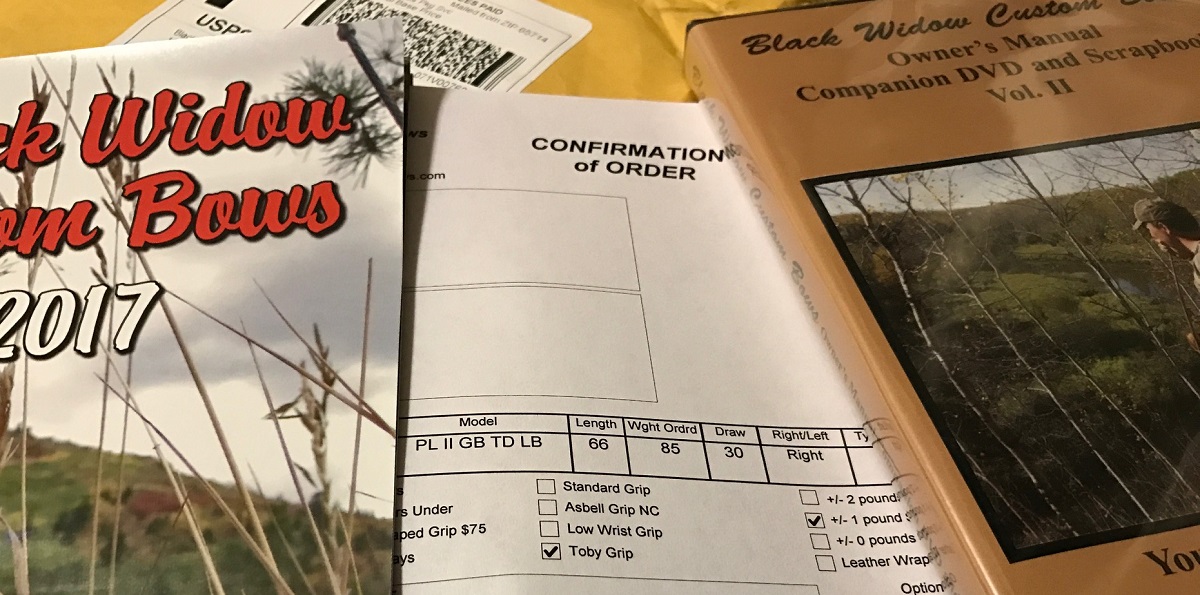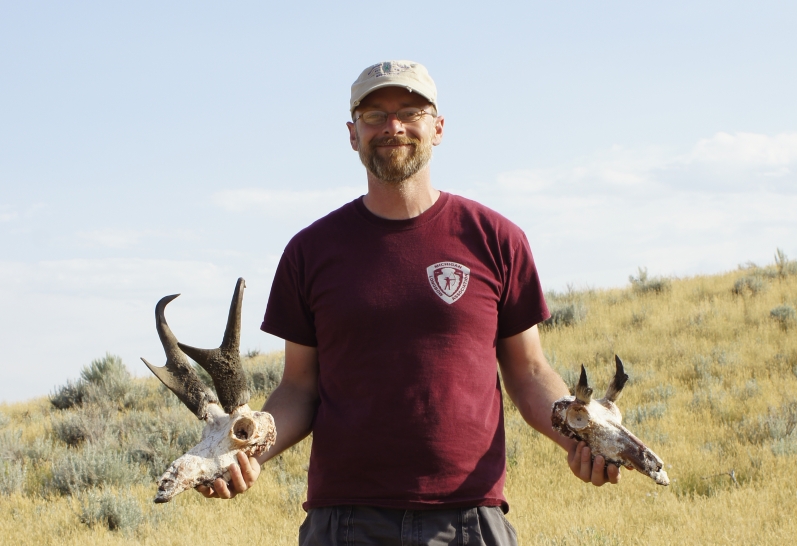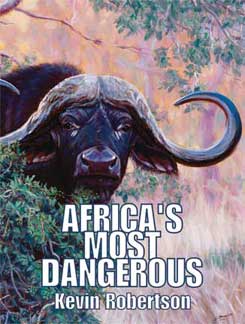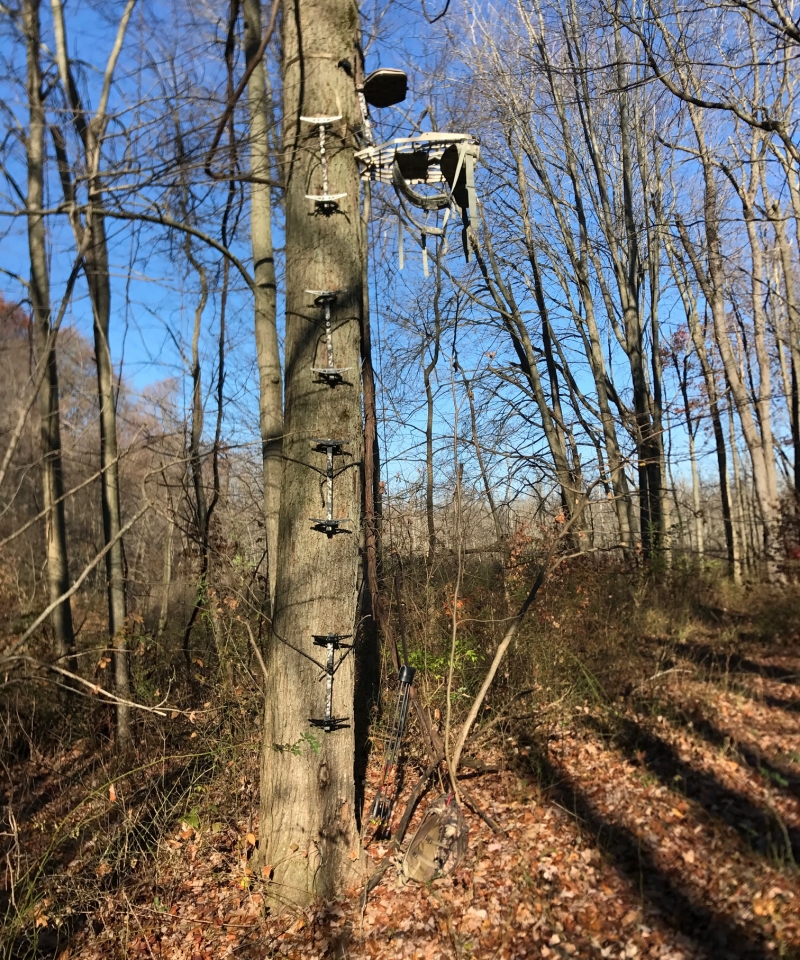I must start by saying, I’m a huge fan of QDMA as an organization.
I believe QDMA is the backlash of failed State run game management. Even now, 30 years after the founding of QDMA the state of South Carolina allows hunting for archery and firearms from August 15th until January 1st. Bag limit is one buck per day, except on Sundays unless you are on private land. So if you hunt public land 6 days a week, and can get access to private land on Sundays, you could kill 107 bucks per year per hunter. That is over the counter. You can additionally apply for anterless tags or use generous landowner tags if you know someone.
There was a well earned reason for the backlash! Don’t get me wrong, I don’t want to pick on South Carolina. It is a state that I truly love to hunt. I was shocked to buy a Georgia hunting license and find that it allowed me to kill up to 10 deer, 1 bear, unlimited hogs, and turkeys. While I appreciate their marketing departments zeal in recruiting me as an out of state hunter, what is the herd effect of issuing licenses this way?
What do you do if you can’t change the state regulations, but you see a sick herd? Grassroots says you collect up your neighbors, compare notes, educate one another, and agree to fix your local herd. It’s a situation where “what is right” is more important than “what is legal.”
Two years ago I had the opportunity to spend a bunch of time with a biologist and a landowner going over a property and discussing habitat and management strategies. I found out later the biologist was the founder of QDMA, and the landowner was the first president of QDMA. Small world huh?
Here is the first thing I realized about these two, they are very dynamic people. They both look in the micro at any immediate area, and can instantly relate it to a macro level of herd management. They seemed very comfortable looking at 10 or 20 acres, then go straight into the macro issues facing a 3 county area.
The big thing I realized in the next few hours as a fly on the wall, these guys were not set on any “4 points on one side” sort of hard rule. In reality, 4 points on one side probably wouldn’t be a hard push on the property we were on. Instead they were really focused on the overall health of the land and the animals living there. It was a very dynamic discussion.
Dogma. Where I hunted today in Michigan was a non-QDMA tract ajoined to a few QDMA tracts. Several men are very stringent about their 8 point (Eastern count) minimum on any buck killed. I decided to target a button buck or a spike.
“Sacrillege!!!!” you say. I thought about it long and hard, I tried to think of it like a biologist. Here is what I realized:
- QDMA is working! There are many bucks 2.5 and 3.5 years old, and maybe even a few older. A few very good looking 8s, 10s, and even a 12 point or two. The mature bucks are in great shape but I don’t see any on camera nearing the end of their natural life. These are breeders that are spreading great genes! We need these bucks alive and rutting as many does as they can!
- This county was hit HARD with EHD for two years in a row. Herd die off was estimated at 50% each year. When herds are at 25% of their counts from just a couple years ago, it would be an injustice to kill a doe. They are EHD resistent and proven breeders. I saw one doe with two fawns, and one with triplets. Clearly I couldn’t shoot a fertile doe like that with the herd down the way it is.
- Yearling does will be critically important in recovering the herd over the next several years. These are completely off limits to my conscious.
- Dry does, you know, the big old horse heads. I would have gladly taken one of these, but it’s hard to know if they are past their mating years, or if they just lost this years young to a car or coyotes. Better to pass on these if not certain (and I’m rarely certain.)
- What does that leave? Immature bucks, or not hunting. Sure if a cow horn came by that would be a great cull, but I’ve never seen one in this county. Removing a spike would ensure it didn’t breed a doe, and it would yield a good amount of meat. I’d rather hunt and pass than to not hunt at all. I did have a button buck at 1 yard today, and had a slam dunk shot lined itself up I would have taken it. I’d say the chances of him making it through firearms season is very slim, and I would have liked that tender meat for my freezer. Alas, the shot was never right. I’ll just hold out for a spike or a cow horn in that county.
Clearly there is a difference between meat-harvesting and trophy-hunting, but for the meat hunter it’s important to consider all aspects of the current herd when deciding what animals to pursue. Likewise, I don’t think “4 points on one side” is the end-all answer for trophy hunters. If your land and habitat can lend itself to a much higher quality animal, why not go to a 4.5 year or 5.5 year minimum for trophies? There are a lot of 2.5 year old bucks killed in the name of quality deer management and it has little to do with their potential, their place in the reproductive lifecycle, or their true trophy quality.
If you hunt deer, I ask you to consider the big picture before considering what you will pursue when you go afield. If you are a non-hunter, consider every animal raised in a pen will be killed regardless. I’m very honored to be connected to these herds and to be very selective about what I harvest in each area I hunt.
